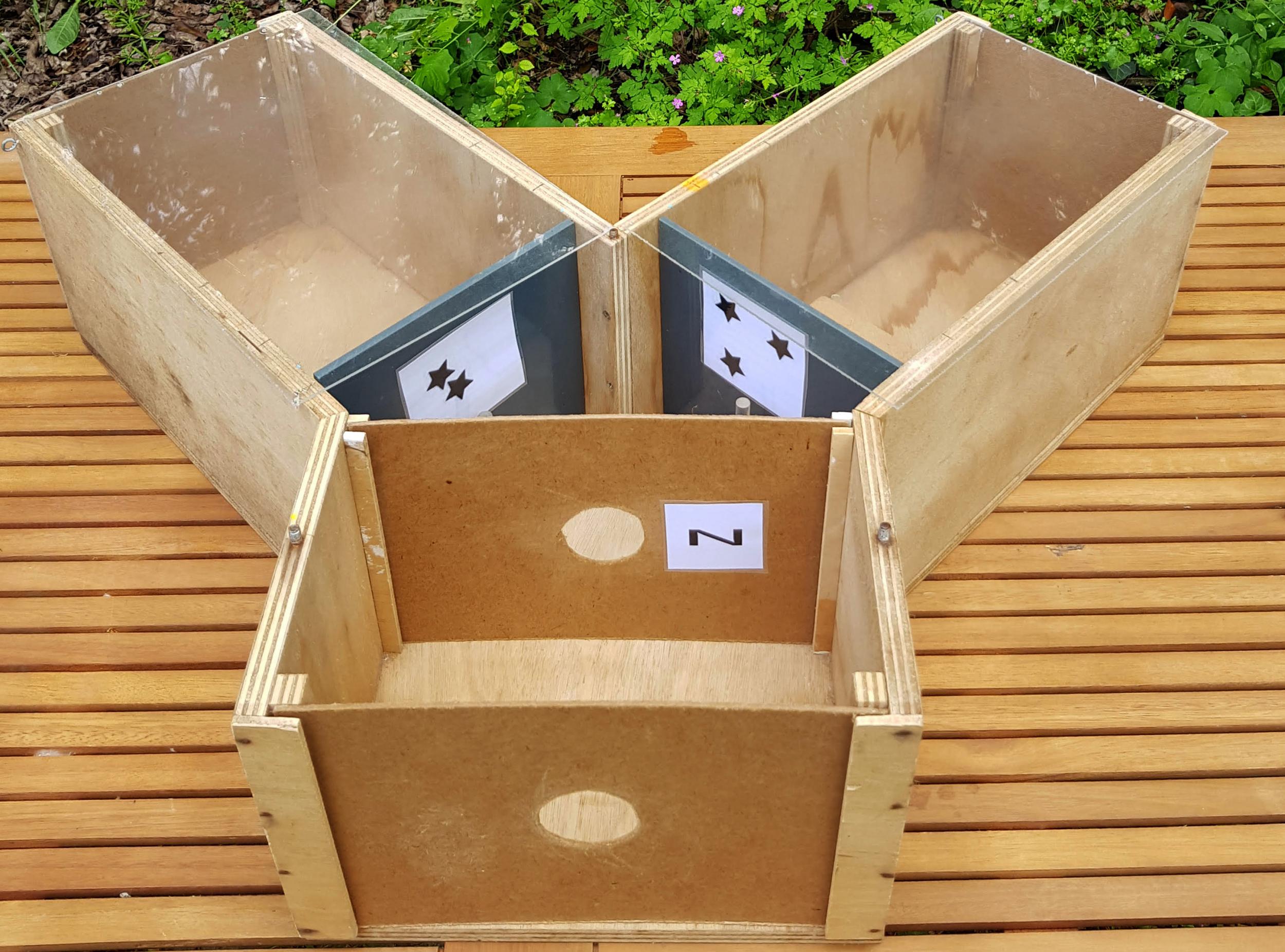Bees have human-like ability to link symbols to numbers, study finds
This may lead to ‘exciting new pathways for communication across species’, says Dr Adrian Dyer

Your support helps us to tell the story
From reproductive rights to climate change to Big Tech, The Independent is on the ground when the story is developing. Whether it's investigating the financials of Elon Musk's pro-Trump PAC or producing our latest documentary, 'The A Word', which shines a light on the American women fighting for reproductive rights, we know how important it is to parse out the facts from the messaging.
At such a critical moment in US history, we need reporters on the ground. Your donation allows us to keep sending journalists to speak to both sides of the story.
The Independent is trusted by Americans across the entire political spectrum. And unlike many other quality news outlets, we choose not to lock Americans out of our reporting and analysis with paywalls. We believe quality journalism should be available to everyone, paid for by those who can afford it.
Your support makes all the difference.We already knew bees were smart enough to recognise zero and do basic maths but the latest research has found they have another string to their bow – they can link symbols to numbers too.
For the first time researchers trained honeybees to match characters to specific quantities, so for example they could recognise that “two” could represent two bananas, two trees or two hats.
This study proves that despite their small brains, bees are able to learn complicated ideas such as human-made symbolic language. Previous studies have shown primates and birds have this ability, but this is the first time it’s been found in insects.
The discovery could lead to “exciting new pathways for future communication across species”, says lead researcher Adrian Dyer, an associate professor from RMIT University in Melbourne.
“We take it for granted once we’ve learned our numbers as children, but being able to recognise what ‘four’ represents actually requires a sophisticated level of cognitive ability.”
He added: “Humans have over 86 billion neurons in our brains, bees have less than a million, and we’re separated by over 600 million years of evolution.
“Discovering how such complex numerical skills can be grasped by miniature brains will help us understand how mathematical and cultural thinking evolved in humans, and possibly, other animals,” Dr Dyer said.
The discovery could also point to new types of computing that can replicate the bee’s highly efficient approach to processing, according to the study published in Proceedings of the Royal Society B: Biological Sciences.
The bees were trained to enter Y-shaped mazes in which they learned to match a character with a number of elements. In each case, if they made the correct choice they were rewarded with a treat.

They were then tested to see if they could match the character to the same quantity of other elements. A second group was trained in the opposite approach, matching a number of elements with a character.
While both could grasp their specific training, the different groups were unable to reverse the association and work out what to do when tested with the opposite (character-to-number or number-to-character).
“This suggests that number processing and understanding of symbols happens in different regions in bee brains, similar to the way separate processing happens in the human brain,” said Dr Scarlett Howard at RMIT.
“Our results show honeybees are not at the same level as the animals that have been able to learn symbols as numbers and perform complex tasks.
“But the results have implications for what we know about learning, reversing tasks, and how the brain creates connections and associations between concepts.”
Previous research has shown pigeons, parrots, chimpanzees and monkeys can also learn that symbols represents numbers.
Chimpanzees, for example, have been taught Arabic numbers and were able to order them correctly. An African grey parrot called Alex learned the names of numbers and could add up quantities.
“Understanding how tiny bee brains manage information opens paths to bio-inspired solutions that use a fraction of the power of conventional processing systems,” said Dr Dyer.
“When we’re looking for solutions to complex problems, we often find that nature has already done the job far more elegantly and efficiently,” he said.
Join our commenting forum
Join thought-provoking conversations, follow other Independent readers and see their replies
Comments